Optimal Timing for Fire Restoration
Fire restorations are most effective when performed promptly after a fire incident to minimize damage and prevent mold growth. The timing depends on several factors including weather conditions, property occupancy, and availability of restoration services. Typically, the optimal period for fire restoration is within the first few days following the incident.
Addressing fire damage quickly reduces long-term structural issues and limits smoke and soot infiltration.
Restorations during mild weather seasons such as spring and fall allow for more efficient drying and cleaning processes.
Avoiding extreme weather conditions like heavy rain or cold winter months can facilitate smoother restoration efforts.
Performing restorations when the property is unoccupied minimizes disruption and accelerates the process.
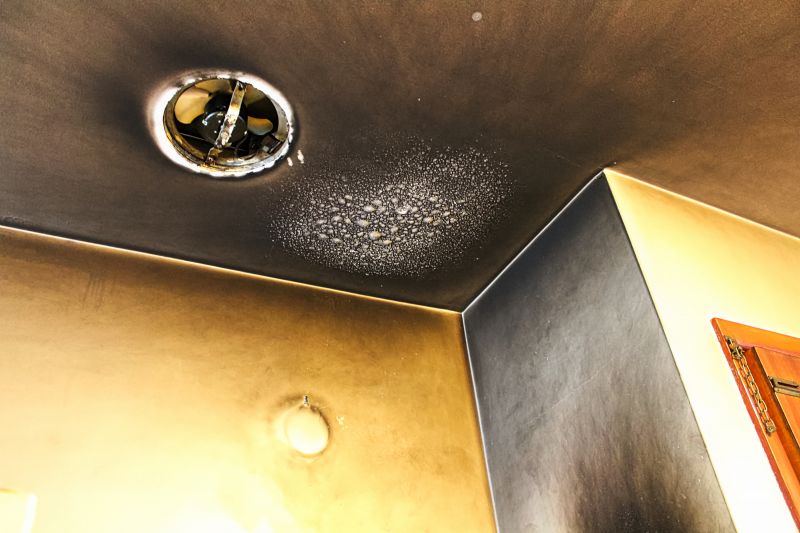
Ways to make Fire Restorations work in tight or awkward layouts.
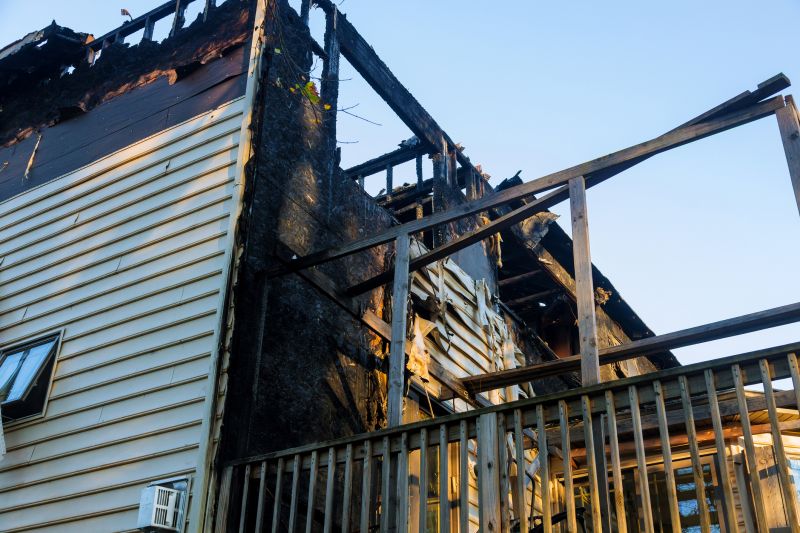
Popular materials for Fire Restorations and why they hold up over time.
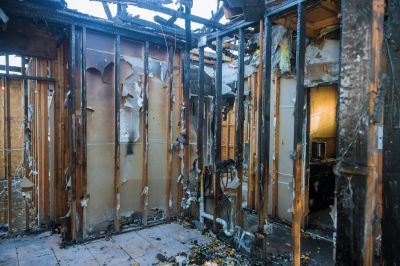
Simple add-ons that improve Fire Restorations without blowing the budget.
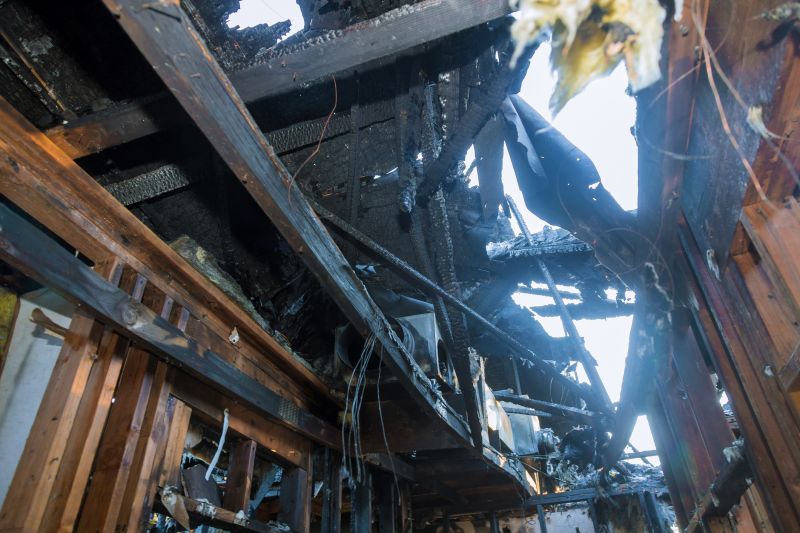
High-end options that actually feel worth it for Fire Restorations.

Finishes and colors that play nicely with Fire Restorations.
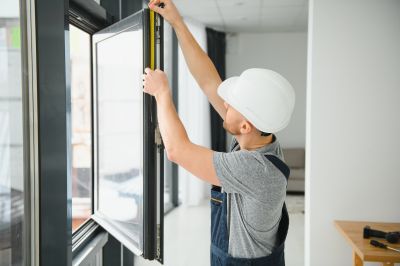
Little measurements that prevent headaches on Fire Restorations day.
| Season | Best Practices |
|---|---|
| Spring | Ideal for mild weather and increased daylight hours for efficient restoration. |
| Summer | Suitable when property occupancy is low, allowing quick cleanup. |
| Fall | Good for avoiding extreme heat or cold, facilitating drying and repairs. |
| Winter | Less ideal unless heated environments are maintained; restoration may face delays. |
Fire restorations involve a comprehensive process that includes debris removal, smoke and soot cleaning, structural repairs, and odor elimination. The effectiveness of these procedures depends heavily on timely intervention. Studies indicate that early response can reduce restoration costs by up to 30 percent and significantly improve the quality of repairs.
Advanced techniques and equipment are used to restore properties affected by fire damage. Proper timing ensures that moisture levels are controlled, preventing mold growth and further deterioration. Understanding seasonal and environmental factors can help property owners choose the most suitable window for restoration activities.
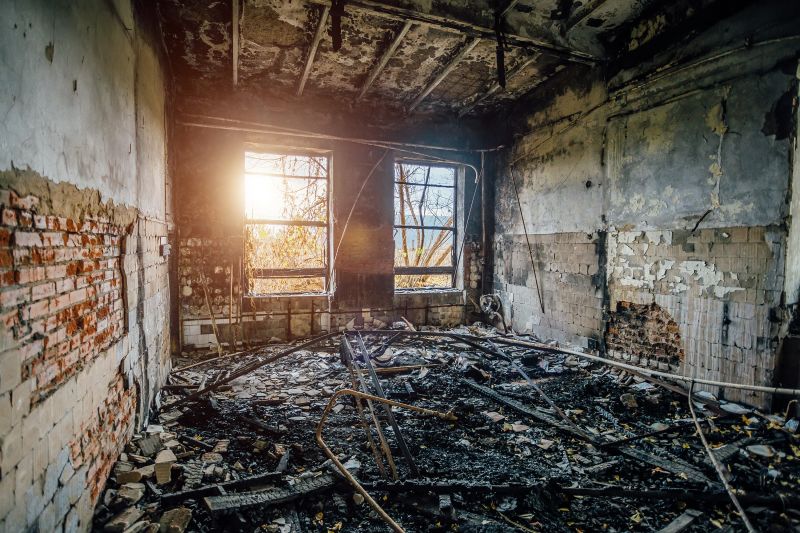
A 60-second routine that keeps Fire Restorations looking new.
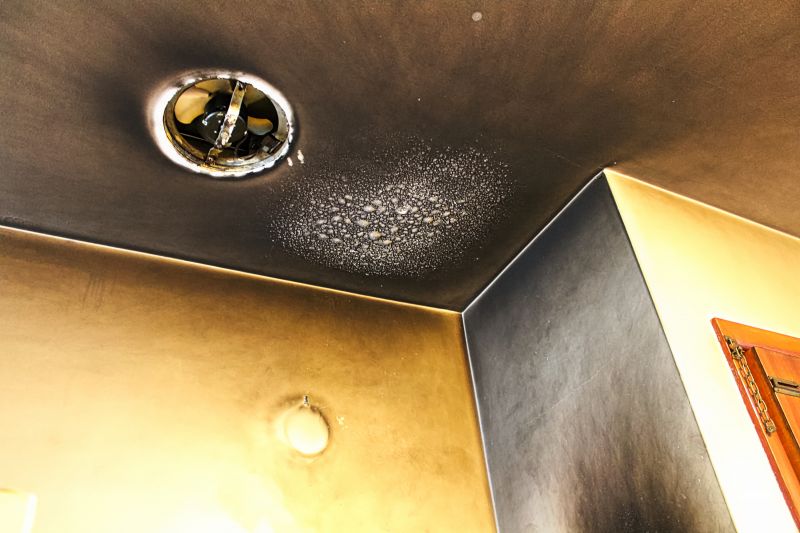
A frequent mistake in Fire Restorations and how to dodge it.
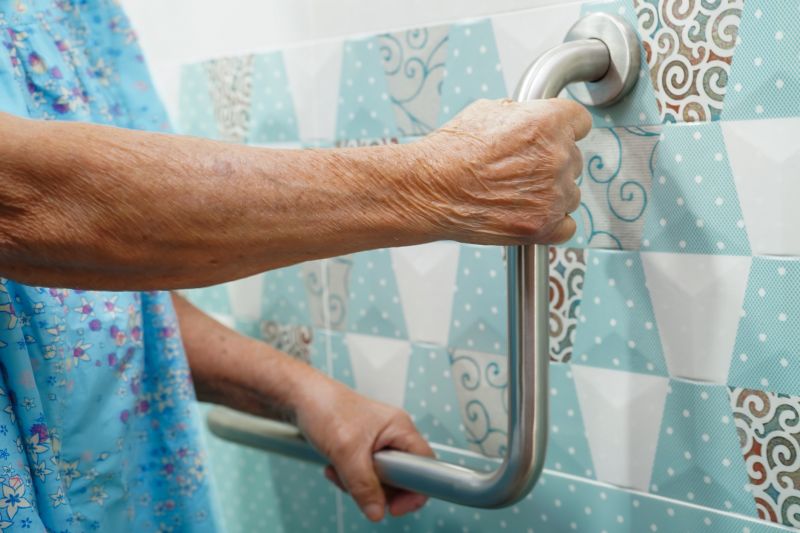
Small tweaks to make Fire Restorations safer and easier to use.

Lower-waste or water-saving choices for Fire Restorations.

The short, realistic tool list for quality Fire Restorations.
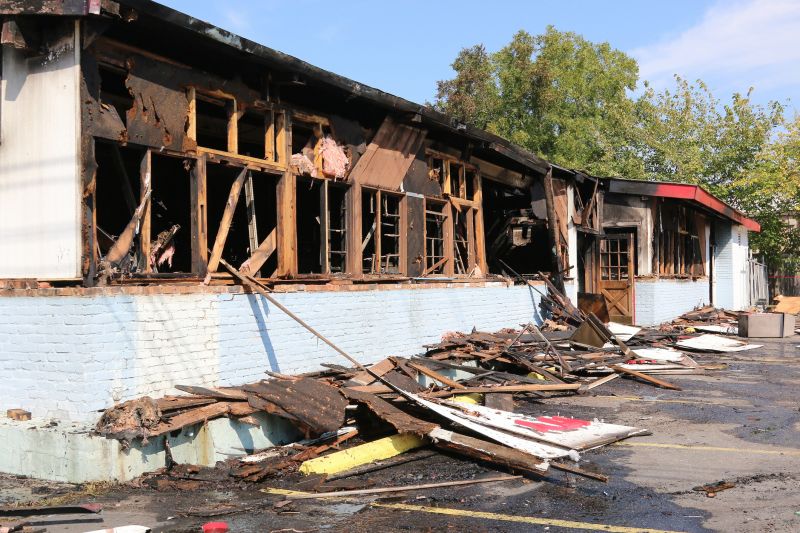
Rough timing from prep to clean-up for Fire Restorations.
Interested property owners are encouraged to contact for more information about fire restoration services. Timely action can help mitigate damage and restore safety and comfort to the affected space.
